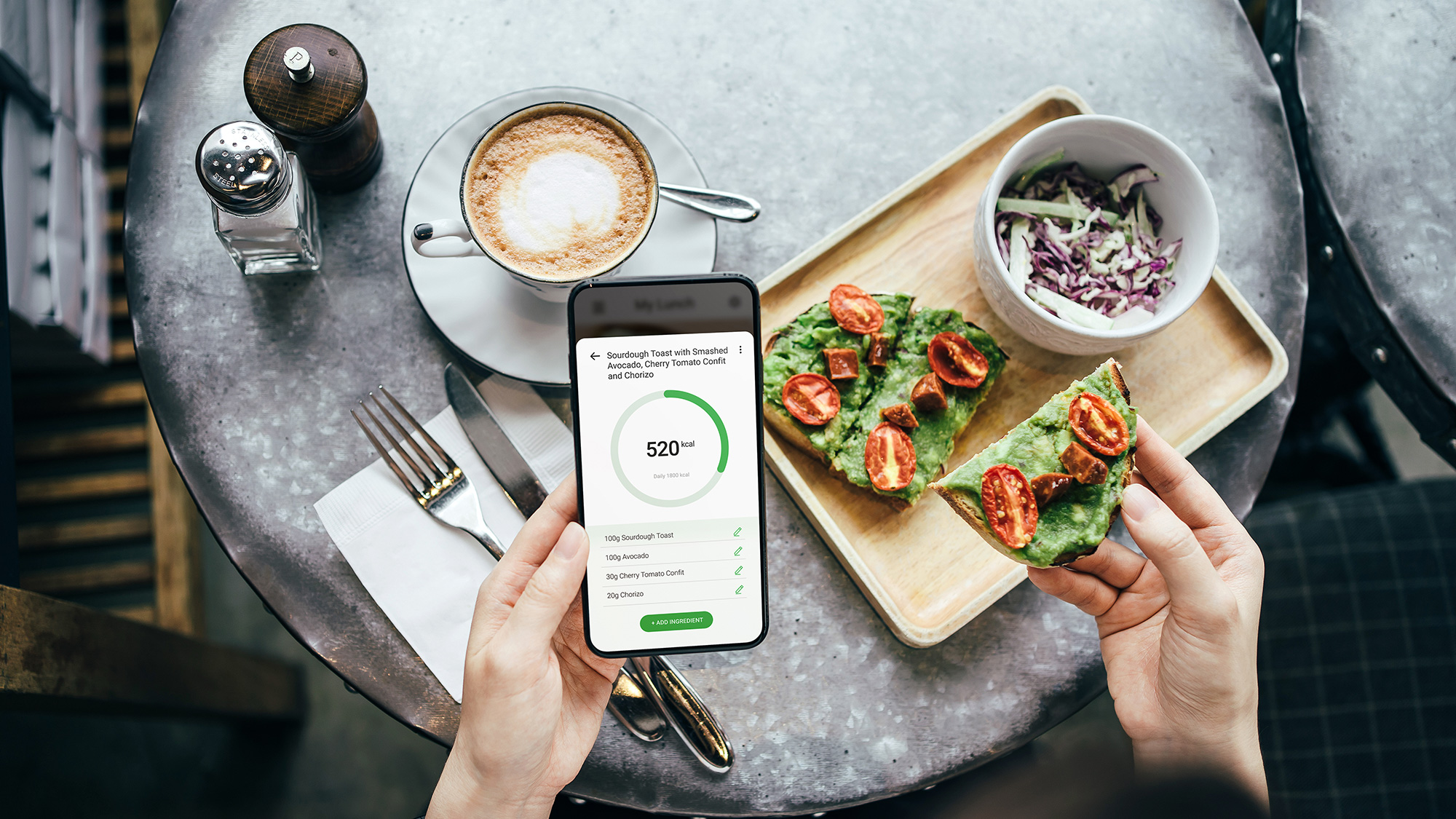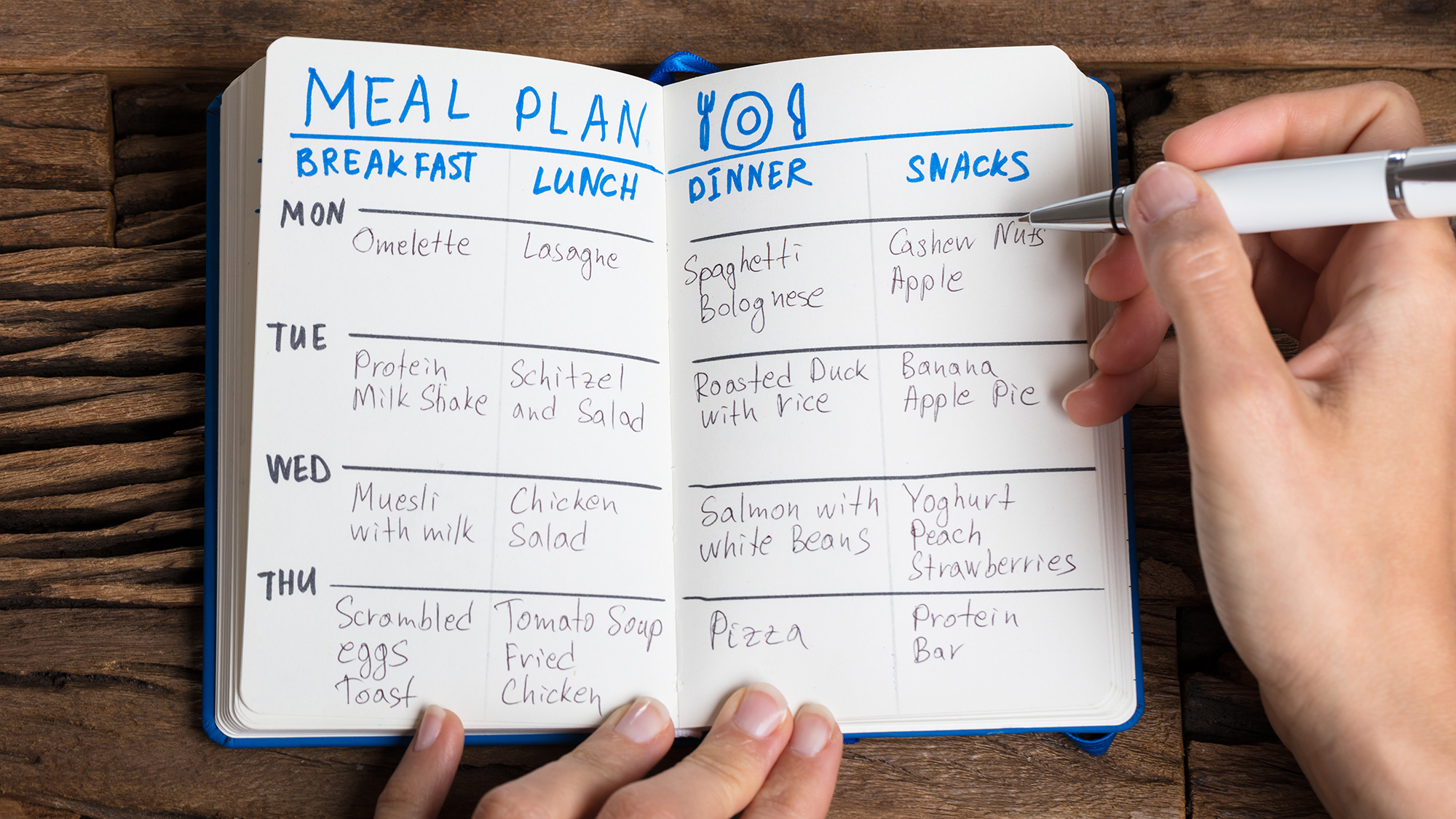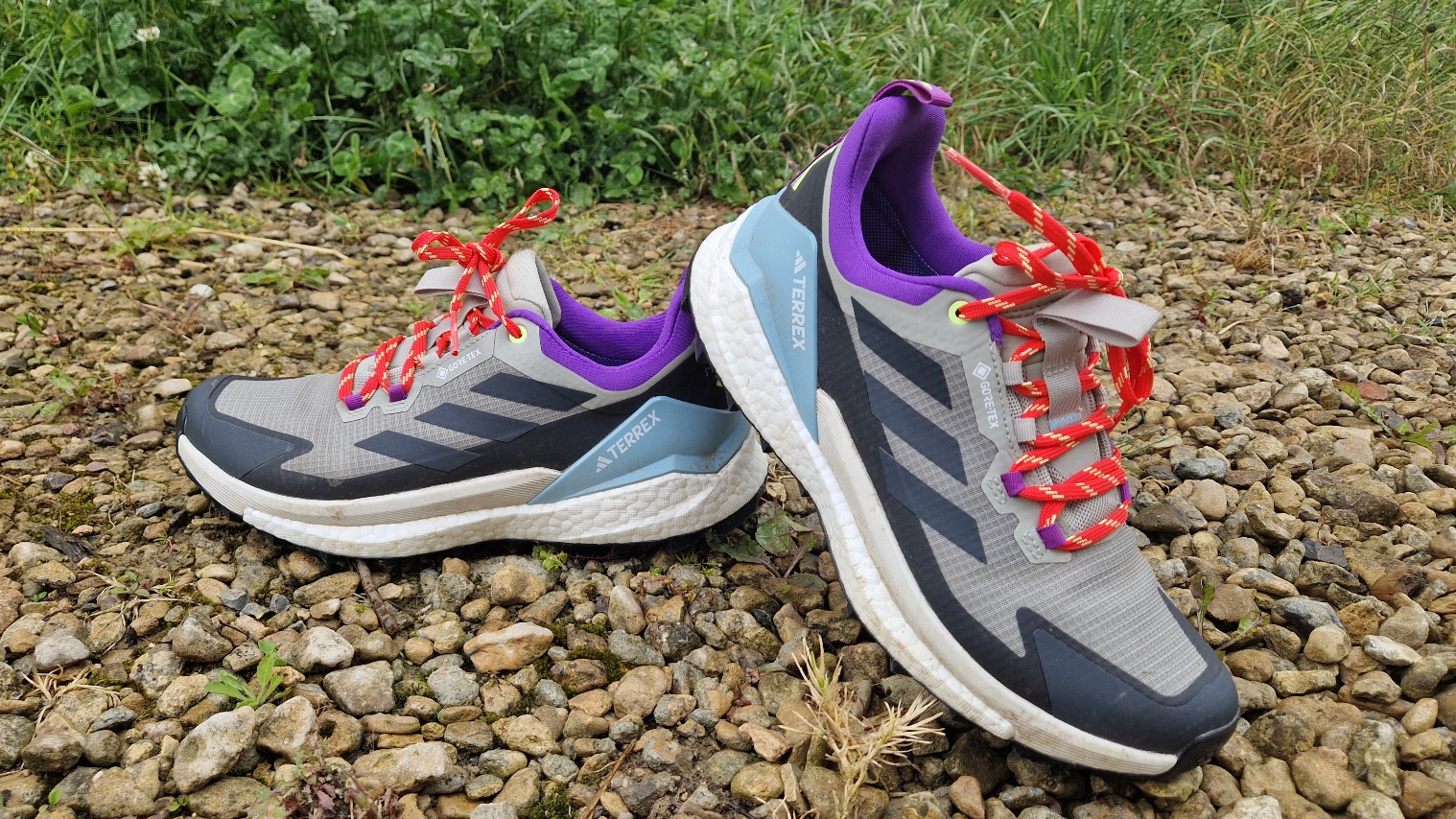Diet vs exercise: what's more important for weight loss?
When it comes to diet vs exercise, which should take priority? We examine the facts...


The diet vs exercise debate rages on: but when it comes to weight loss, what’s most important? Regular sweat sessions that leave your heart pounding or a careful, calorie-controlled diet plan?
The saying ‘abs are made in the kitchen’ implies that diet should take priority - but is that really the case? A recent study did appear to lend weight to this line of thinking. A group of overweight people followed a calorie-restricted weight-loss diet for six months, with half the group also instructed to do regular exercise. Interestingly, both groups lost around ten percent of their starting weight - regardless of whether the participants did exercise or not.
For many, dieting presents a much easier solution to digest than the thought of having to burn 500+ calories a day by working out. Indeed, the International Food Information Council Foundation’s Food and Health Survey 2020 found that 43% of Americans had followed a specific diet or eating pattern within the past year - up from 38% in 2019. The research found that intermittent fasting, clean eating, ketogenic and low-carb diets were most popular, with weight loss the biggest motivating factor (47%).
It’s a different story when it comes to exercise, however. A 2018 report by Centers for the Disease Control and Prevention’s National Center for Health Statistics (NCHS) revealed that less than a quarter of Americans were getting enough regular exercise. And more recent research shows that the situation has only worsened since Covid-19 hit, with Americans moving less and sitting more.
But for those serious about losing weight, can choosing one approach over another be beneficial in the long-term? Below, we examine the issue in more detail.
Diet vs exercise: the 80:20 rule
Specialist sports dietician Renee McGregor is an advocate of the 80:20 rule - for both dieting and exercise.
“For food, this means that 80% of your intake should be in line with health eating guidelines but then there is room for 20% to be more relaxed,” she says.
Get the Fit&Well Newsletter
Start your week with achievable workout ideas, health tips and wellbeing advice in your inbox.
She adds that the same rule should apply when it comes to exercise - meaning you don’t always have to kill yourself with a grueling gym session.
“80% of the time you should work around low to moderate intensity and then 20% of the time, you can add intensity.”
Her approach is in line with current physical activity guidelines in the US, which recommend that adults get at least 150 minutes of moderate or 75 minutes of vigorous exercise each week.
Moderate exercise might involve a lunchtime bike ride, post-work swimming session or even walking to lose weight. The important thing is to elevate your heart rate - something the best fitness trackers can help you monitor.
Diet vs exercise: the importance of balance
McGregor explains her thoughts on the importance of balance when it comes to trying to shed pounds.
“In reality, addressing both your diet and encouraging movement is going to be important when it comes to sensible and sustainable weight loss.
“The key mistake everyone makes is following extreme trends in looking for a quick fix. While you may get an initial weight loss, usually this approach causes a whole lot of stress to the body, causing it to actually start preserving energy rather than lose it. Ideally, sustainable and sensible weight loss is about making realistic behavior changes.
“So, if at present you don’t do any exercise, make a commitment to move for 30 minutes three times a week.”
She adds: “Similarly with your diet, if you notice that you are snacking more frequently, start with looking at what you are snacking on - can you swap one of the biscuits for a piece of fruit? Studies have shown that lifelong behavior change is a much more acceptable approach to weight loss.”

Diet vs exercise: Dieting the right way
As mentioned earlier, weight loss programs such as the Atkins diet (where you severely limit your intake of carbohydrates) the keto diet (where you limit carbs and up your fat intake) have gained popularity in recent years.
However, is this the right approach? Should we be cutting out certain foods and loading up on others in order to maximize weight loss?
McGregor says that, for most people, the answer is no. “When you are attempting to lose weight, the best approach is to reduce your overall intake of all food groups rather than remove a complete one," she advises.
"Many believe that diets like Atkins, Paleo and Keto are successful because of the removal of carbs, but studies show that it’s the overall decrease in energy that results in weight loss and that this is much more sustainable when no food groups are removed.”
The dieting approach McGregor describes is known as 'calorie deficit'. In simple terms, this involves consuming fewer calories than you burn every day.

It's based on the fact that the body needs a minimum amount of energy every day to perform its basic functions - this is know as Resting Metabolic Rate (RMR). Physical activity performed on top of this (such as 30 minutes of exercise) increases calorie burn further.
A typical calorie deficit would be between 10-15% under your RMR, which differs from person to person based on factors such as sex, weight and age. You can find out more on how to calculate your RMR and how to follow a calorie deficit diet in our article 'how many calories should I eat a day?'
Of course, eating the right foods is an essential component of a calorie deficit diet plan - it's easy to see how getting your daily calorie intake exclusively from donuts is not a sustainable weight loss approach. Instead, a balanced diet should be the aim.
According to the latest Dietary Guidelines for Americans, a balanced diet is one that emphasizes fruits, vegetables, whole grains, and fat-free or low-fat milk and milk products, includes a variety of protein foods such as seafood, lean meats and poultry, eggs, legumes (beans and peas), soy products, nuts, and seeds, and is low in saturated fats, trans fats, cholesterol, salt (sodium), and added sugars.
You can find more information on how to eat healthily in our portion size guide, and our articles 'how much protein do I need?' and 'easy ways to get your 5-a-day'.
Diet vs exercise: the importance of planning
The key to any successful diet or exercise program is to plan ahead.
When it comes to your diet, this should cover both meals and snacks - as it’s in those moments when you have nothing planned that so many healthy eating intentions go out of the window.
Start by planning three solid meals a day and build on your plan from there. Others may find it easier to have five smaller meals throughout the day, especially when working from home, as this won’t result in that 3pm slump when the cookie jar suddenly becomes the most desirable object in your house.
Handily, with so many healthy food delivery boxes that will drop nutritional meals and snacks straight to your door, there has never been an easier way to eat a healthy balanced diet at home.

As was the case with the 80:20 rule, planning is also key when it comes to your exercise routine. Knowing what you need to do - and, crucially, when you will do it - is half the battle when it comes to moving as much as you need to in order to maintain or reach a healthy weight.
As per government guidelines, regular aerobic physical activity is essential. Aim to do at least 150 to 300 minutes of moderate-intensity or 75 to 150 minutes of vigorous-intensity exercise weekly, ideally spread out over the course of the week. Examples of aerobic (or cardio) activities include HIIT workouts, gym sessions on equipment such as elliptical machines, exercise bikes and treadmills, or sports such as running, swimming and cycling.
In addition to this, adults should also do at least two muscle-strengthening activities of moderate or greater intensity a week. These sessions might incorporate resistance bands, free weights such as dumbbells and kettlebells, bodyweight workouts, or a mix of all three.
Diet vs exercise: final thoughts
As we have seen, the best formula for weight loss is always going to be a combination of a balanced nutritional diet paired with regular exercise. This approach is likely to be more successful for weight loss and living well than extreme diet plans of brutal exercise regimes alone. Just bear in mind what works for your body and the goals you wish to achieve and don’t make them too unrealistic. Just like Rome, healthy, happy bodies aren’t built in a day.
Kirsty is an accomplished journalist specialising in the wellness industry. She has previously written for titles including Grazia, Popsugar, Metro.co.uk, Elle UK and the Sunday Telegraph. You’ll find her running around Windsor Great Park at 6am most mornings (before her toddler, Clementine Lilac, wakes up), followed by a virtual barre class with the team at Psycle London – where that barre burn is just so addictive. Kirsty loves to stock up on new activewear; because, let’s face it, you can never have too many pairs of sculpting leggings. She's always keen to try/endure the latest workouts to come to London. Kirsty also enjoys rustling up nutritious family meals and indulging in her newfound hobby: flower pressing.
-
 This might be your last chance to get my favourite waterproof walking shoe, and it's 25% off
This might be your last chance to get my favourite waterproof walking shoe, and it's 25% offDeal These Adidas Gore-Tex shoes are the most watertight I've tested
By Lou Mudge
-
 I tried wall balls for 30 days and the results surprised me
I tried wall balls for 30 days and the results surprised meTry this fitness challenge to boost total body strength
By Maddy Biddulph